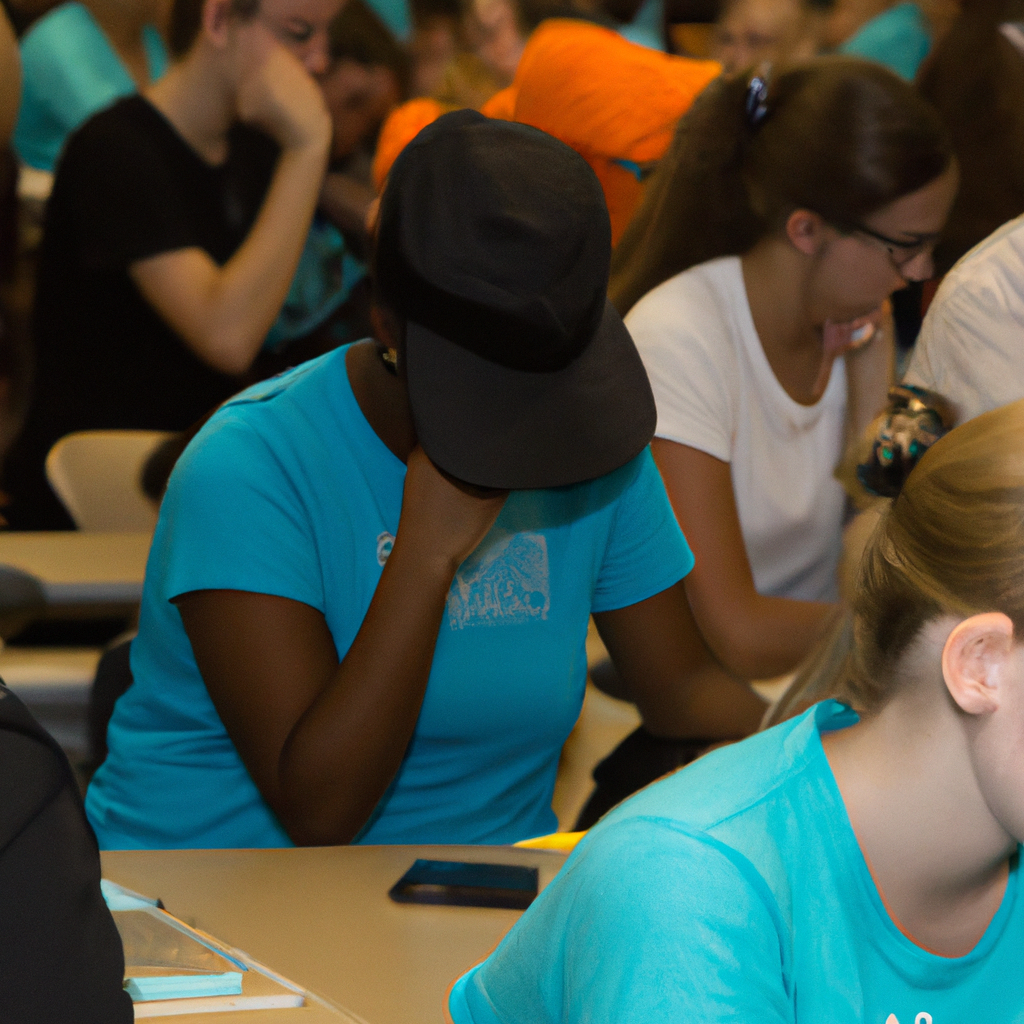The Future of Education: Blending Technology and Traditional Methods
In recent years, the education sector has undergone a significant transformation with the integration of technology into traditional teaching methods. This blend of technology and traditional methods has sparked a debate among educators, parents, and policymakers about the future of education. While some argue that technology is the key to revolutionizing education, others believe that traditional methods are still essential for effective learning.
The Role of Technology in Education
Technology has revolutionized the way we learn and teach. With the rise of online learning platforms, virtual classrooms, and educational apps, students now have access to a wealth of resources at their fingertips. Technology has made learning more interactive, engaging, and accessible, allowing students to learn at their own pace and in their own time.
Furthermore, technology has enabled teachers to personalize the learning experience for each student. Through data analytics and artificial intelligence, teachers can now track students’ progress, identify areas of improvement, and provide targeted interventions. This personalized approach to learning has been shown to improve student outcomes and increase engagement in the classroom.
The Importance of Traditional Teaching Methods
While technology has revolutionized education, traditional teaching methods still hold significant value in the classroom. The human touch in teaching, such as face-to-face interactions, group activities, and hands-on experiments, cannot be replicated by technology alone. Traditional methods help foster critical thinking, collaboration, and communication skills, which are essential for success in the 21st century.
Moreover, traditional teaching methods help cultivate a sense of community and belonging in the classroom. In-person interactions create a supportive learning environment where students can build relationships with their peers and teachers. This sense of community is crucial for student motivation, engagement, and overall well-being.
The Future of Education
As we look towards the future of education, it is clear that a blend of technology and traditional methods is the key to unlocking the full potential of students. By combining the interactive and personalized nature of technology with the human touch of traditional teaching methods, educators can create a holistic learning experience that caters to the diverse needs of students.
Educators must embrace technology as a tool to enhance teaching and learning, rather than as a replacement for traditional methods. By leveraging the strengths of both technology and traditional methods, educators can create a dynamic and engaging learning environment that prepares students for success in the digital age.
Conclusion
In conclusion, the future of education lies in the seamless integration of technology and traditional methods. While technology has revolutionized the way we learn and teach, traditional methods still hold significant value in the classroom. By blending the strengths of both approaches, educators can create a holistic learning experience that fosters critical thinking, collaboration, and communication skills in students.
